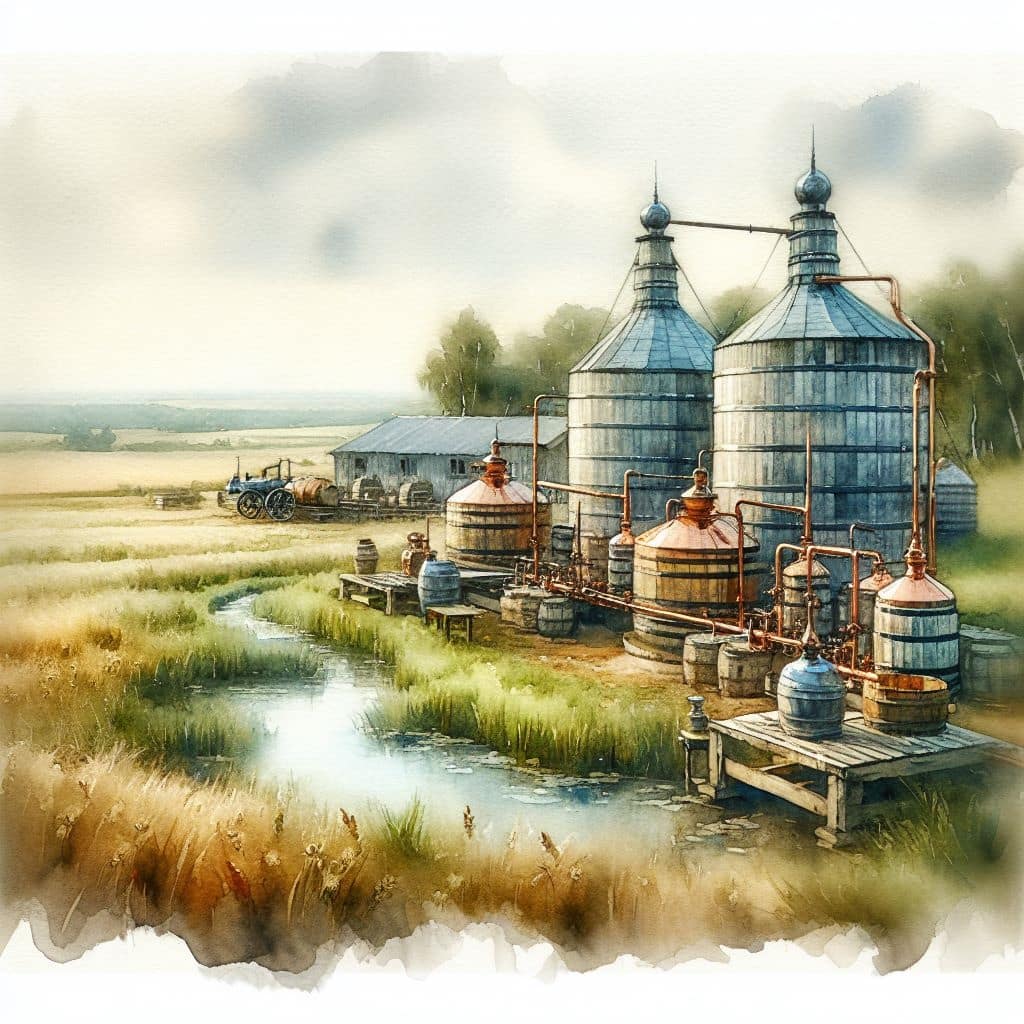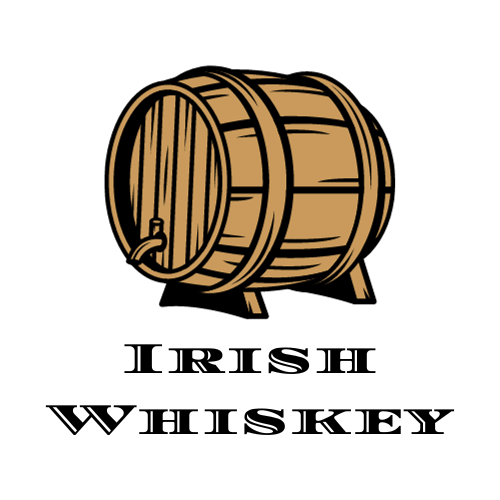Have you ever wondered if it’s possible to make your own alcohol at home? Look no further because this article will provide you with all the information you need. From simple methods using everyday ingredients to more complex techniques, we’ll cover it all.
Whether you’re a curious beginner or a seasoned homebrewer, there’s something for everyone. Join us as we explore the world of homemade alcohol and learn how you can start brewing your own delicious concoctions in the comfort of your own home. Cheers!
Choosing the Base Ingredient
When it comes to making homemade alcohol, the first and most important step is choosing the base ingredient. There are several options to consider, each with its own unique qualities and flavors. Let’s explore some popular choices:
Fruit
Using fruit as the base ingredient for homemade alcohol can result in delicious and flavorful drinks. Popular fruits like grapes, apples, and berries can be used to make wines and ciders. The natural sugars in the fruit provide the fuel for fermentation, while the flavors and aromas of the fruit infuse into the final product. Whether you prefer a crisp apple cider or a rich and velvety red wine, fruit-based alcohol offers a wide range of options for experimentation.
Grains
Grains have long been used as the base ingredient for making spirits like whiskey, vodka, and gin. Corn, barley, and wheat are commonly used to create a mash that serves as the foundation for fermentation. The grains are milled, cooked, and then mashed to release the starches needed for the yeast to convert into alcohol. The resulting spirits can be aged in barrels to develop complex flavors and smooth textures. If you enjoy a good old-fashioned cocktail or a glass of neat whiskey, experimenting with grains as your base ingredient might be the perfect choice for you.
Vegetables
While less common than fruit or grains, vegetables can also be used to make homemade alcohol. Vegetables like potatoes, beets, and carrots can be fermented and distilled to create unique and flavorful spirits. These vegetable-based alcohols often have earthy and savory notes that make them stand out from more traditional options. If you’re feeling adventurous and looking for something a bit different, why not try making your own vegetable-based alcohol?
Sugar
If you’re new to homebrewing or simply want a quick and easy option, using sugar as your base ingredient might be the way to go. Sugar-based alcohols, such as moonshine or rum, can be made by simply dissolving sugar in water and then fermenting it with yeast. While these homemade spirits may not have the complexity and depth of flavor found in fruit or grain-based alcohols, they can still be enjoyable and satisfying. Sugar-based alcohols can also serve as a great base for cocktails or infusions.
Yeast
While yeast is not a base ingredient itself, it plays a crucial role in the fermentation process. Yeast is responsible for converting the sugars in the chosen base ingredient into alcohol and carbon dioxide. It is important to choose the right type of yeast for your desired outcome. Different strains of yeast can produce different flavors and aromas, so be sure to research and select the yeast that complements your chosen base ingredient. Whether you opt for a wine yeast, a champagne yeast, or a specialized distiller’s yeast, allowing the yeast to work its magic is essential for creating alcohol at home.
Fermentation Process
Once you have selected your base ingredient, it’s time to begin the fermentation process. This is where the magic happens and the sugars are transformed into alcohol. Let’s dive into the steps involved in this crucial stage. For the best results, using glass blenders can provide an added level of precision and control.
Preparing the Base Ingredient
Before you can begin fermentation, it is important to properly prepare your chosen base ingredient. This may involve crushing fruit, milling grains, or processing vegetables to create a suitable substrate for fermentation. The goal is to expose as much surface area as possible to the yeast, allowing it to efficiently convert the sugars into alcohol.
Mashing
If you have chosen a grain-based alcohol, the next step is mashing. This involves cooking the grains and then mashing them to extract the sugars. The grains are typically mixed with hot water and kept at a specific temperature to encourage the enzymes present in the grains to break down the starches into fermentable sugars. This process, known as mashing, creates a sweet liquid called the mash, which will serve as the basis for fermentation.
Adding Yeast
Once your base ingredient is prepared, it’s time to add yeast. This is the crucial step where fermentation can begin. Make sure to choose the appropriate yeast strain for your chosen base ingredient. Different yeasts have different temperature and pH requirements, so be sure to follow the instructions provided with your chosen yeast. Once the yeast is added to the mash, it will start feasting on the sugars and converting them into alcohol.
Fermentation Period
After adding yeast to the mash, it’s time to let the fermentation process work its magic. The length of the fermentation period can vary depending on several factors, including the type of base ingredient, the yeast strain used, and the desired alcohol content. Generally, fermentation can take anywhere from a few days to several weeks. It is important to monitor the fermentation process regularly, checking for any signs of a stuck fermentation or off-putting aromas. Once the fermentation period is complete, you can move on to the next step: distillation.

This image is property of pixabay.com.
Distillation
Distillation is the process of separating alcohol from the fermented mash to create a more concentrated and purified form of the alcohol. This step is essential for creating spirits with higher alcohol content. Let’s explore the distillation process:
Preparing the Still
Before you can begin distillation, you need to prepare the still. A still is a device used to heat the fermented mash and collect the evaporated alcohol. There are different types of stills available, including pot stills and column stills, each with its own advantages and characteristics. It is important to familiarize yourself with the specific requirements and operation of your chosen still. Make sure that all parts of the still are clean and in good working condition before proceeding.
Heating the Mash
Once the still is ready, the fermented mash is heated. The heat causes the alcohol in the mash to vaporize, while leaving behind the non-alcoholic components. The vaporized alcohol rises through the still and into the condenser, where it is cooled and condensed back into liquid form. The liquid that comes out of the condenser is your distilled alcohol. Proper temperature control is crucial during this process to ensure that the volatile compounds in the alcohol are collected effectively.
Collecting the Alcohol
As the liquid alcohol is condensed, it drips out of the condenser into a collection vessel. This is where you collect the distilled alcohol. It is important to monitor and control the flow rate to ensure that you are collecting the desired alcohol while separating it from any impurities or unwanted flavors. The distilled alcohol can be further processed, aged, or flavored according to your preferences.
Aging and Flavoring
After the distillation process, you might choose to further enhance the flavor and character of your homemade alcohol through aging and flavoring. Let’s take a closer look at these steps:
Storing the Alcohol
Once your alcohol has been distilled, it is important to store it correctly to allow it to mature and develop its desired qualities. Glass bottles or food-grade plastic containers are ideal for storing alcohol. Make sure to seal the containers tightly to prevent any oxidation or contamination. Store the alcohol in a cool, dark place, away from direct sunlight or extreme temperature changes. This will help preserve the aroma, flavor, and overall quality of the alcohol.
Barrel Aging
One popular method of aging alcohol is through the use of barrels. Aging alcohol in barrels can impart unique flavors and characteristics, as the alcohol interacts with the wood, absorbing compounds like tannins and vanillin. This process is commonly used in the production of spirits like whiskey and rum. When aging your homemade alcohol in barrels, it is important to consider the type of wood used, as different woods can contribute different flavors. Additionally, the length of aging can vary depending on personal preference and the desired flavor profile.
Infusing with Flavors
If you want to experiment with different flavors, you can also try infusing your homemade alcohol with various herbs, fruits, spices, or other ingredients. This can be done by adding the desired flavorings directly to the alcohol and allowing them to steep for a period of time. The length of infusion will depend on the intensity of flavor you desire. Keep in mind that the quality and freshness of the ingredients used will greatly impact the final outcome. Get creative and have fun exploring different flavor combinations to create a truly unique homemade alcohol.

Source: TheTechBrain AI
Ensuring Safety
When it comes to any form of alcohol production, safety should always be a top priority. Here are some key safety considerations to keep in mind throughout the process:
Sterilizing Equipment
Before you begin making homemade alcohol, it is essential to properly clean and sterilize all equipment and utensils that will come into contact with the alcohol. This includes fermentation vessels, airlocks, tubing, and any other tools used in the process. Failure to maintain proper cleanliness can lead to contamination and off-flavors in your final product.
Monitoring Temperature and Conditions
Temperature plays a crucial role in both the fermentation and distillation processes. It is important to monitor and control the temperature to ensure that the yeast ferments properly and the alcohol is distilled at the correct rate. Yeast requires specific temperature ranges for optimal fermentation, while distillation requires precise temperature regulation for effective separation and collection of alcohol. Keep a close eye on the temperature throughout the entire process to maximize safety and quality.
Testing Alcohol Content
To ensure the safety and consistency of your homemade alcoholic beverages, accurately measure their alcohol content. You can use tools like hydrometers, alcohol thermometer, or refractometers. This helps you understand the potency and stay within safe limits. Follow proper testing procedures to avoid any risks. Following proper testing procedures is crucial, as consuming alcoholic beverage with unknown or excessive alcohol content can be dangerous.
Common Mistakes to Avoid
Making homemade alcohol can be a rewarding and enjoyable experience, but it’s important to be aware of common mistakes that can compromise the quality and safety of your final product. Here are some mistakes to avoid:
Not Using Proper Equipment
Using improper or subpar equipment can lead to contamination, inefficient fermentation, or incomplete distillation. Invest in good quality equipment that is specifically design for home alcohol production. This will help ensure that you have the necessary tools for a successful and safe process.
Skipping Fermentation Steps
Fermentation is a crucial part of the alcohol production process, and it is important not to rush or skip any steps. Properly preparing the base ingredient, following appropriate mashing techniques, and allowing sufficient fermentation time are all vital for the development of flavors and the creation of a high-quality alcohol.
Neglecting Safety Precautions
Safety should always be a priority when producing alcohol at home. Neglecting safety precautions like sanitizing equipment, monitoring temperature, and testing alcohol content can lead to unwanted contamination, off-putting flavors, or even dangerous outcomes. Always prioritize safety to ensure a successful and enjoyable homemade alcohol-making experience.
Frequently Asked Question (FAQ)
Q: Is it legal to make homemade alcohol?
The legality of making homemade alcohol varies depending on your country and local laws. It is important to research and understand the regulations in your specific location before attempting to make your own alcoholic beverage. Some areas may allow a specific quantity of homemade alcohol for personal use, while others may require permits or licenses. Always abide by the laws and regulations to avoid any legal issues.
Q: How long does the fermentation process take?
The duration of the fermentation process can vary depending on factors such as the base ingredient, yeast strain, and desired alcohol content. In general, fermentation can take anywhere from a few days to several weeks. It is important to monitor the fermentation progress regularly and use tools like hydrometers to determine when the desired alcoholic beverage content has been achieved.
Q: What is the ideal temperature for fermentation?
The ideal fermentation temperature is determined by the specific yeast strain being use. Different yeasts have different temperature ranges within which they perform best. It is important to consult the manufacturer’s guidelines for your chosen yeast to determine the recommended fermentation temperature. In general, most yeast strains perform well within a range of 65-75°F (18-24°C). Maintaining a consistent and appropriate temperature is crucial for optimal fermentation and a successful outcome.
Conclusion
Making homemade alcohol can be a fun and rewarding hobby for those interested in exploring the world of fermentation and distillation. By carefully selecting a base ingredient, following the fermentation process, and understanding the distillation techniques, you can create unique and flavorful alcohol right in your own home.
It is important to prioritize safety throughout the entire process, ensuring that proper equipment is used, fermentation steps are not skipped, and safety precautions are adhered to.
Remember to familiarize yourself with the legal aspects of homemade alcohol production in your area and always drink responsibly. Cheers to the exciting journey of homemade alcohol-making!


